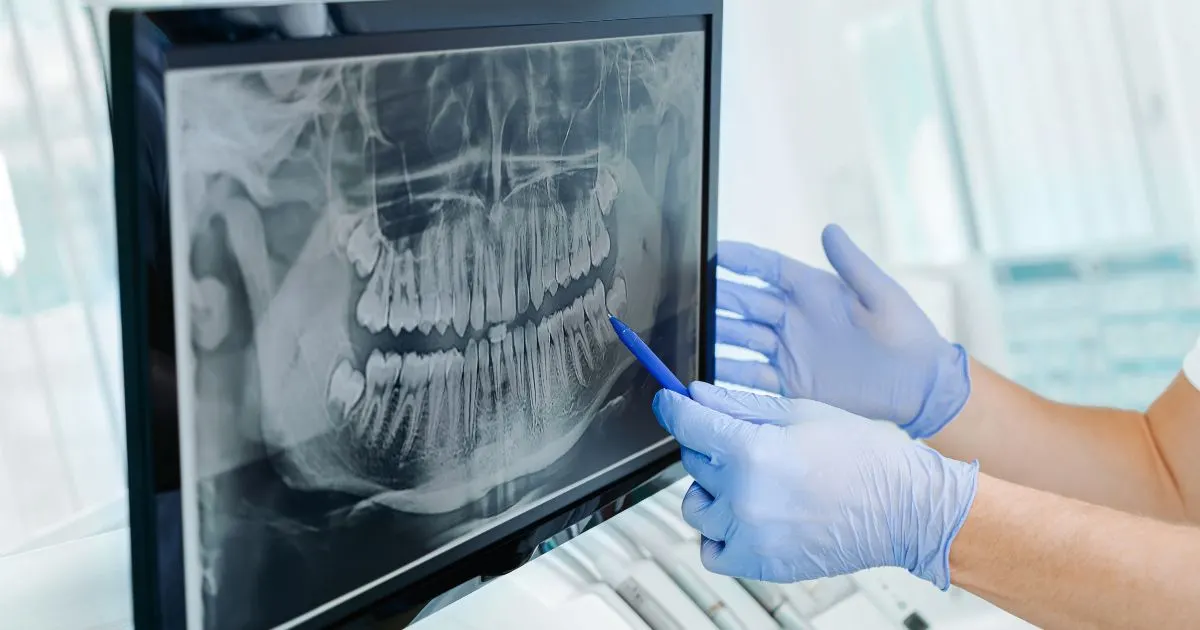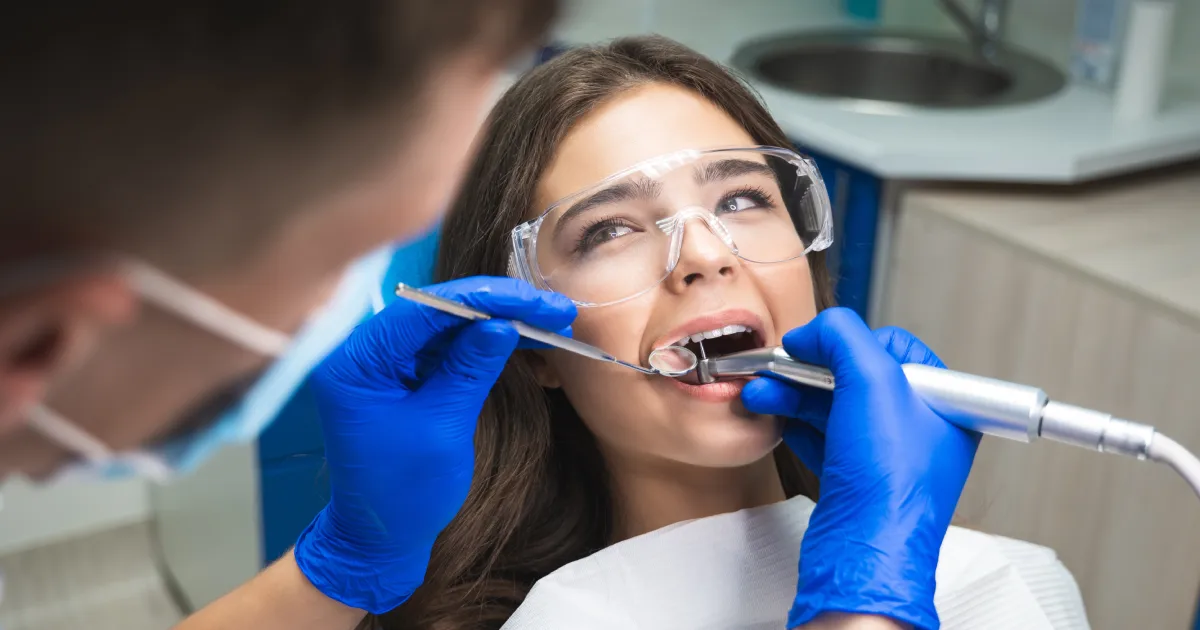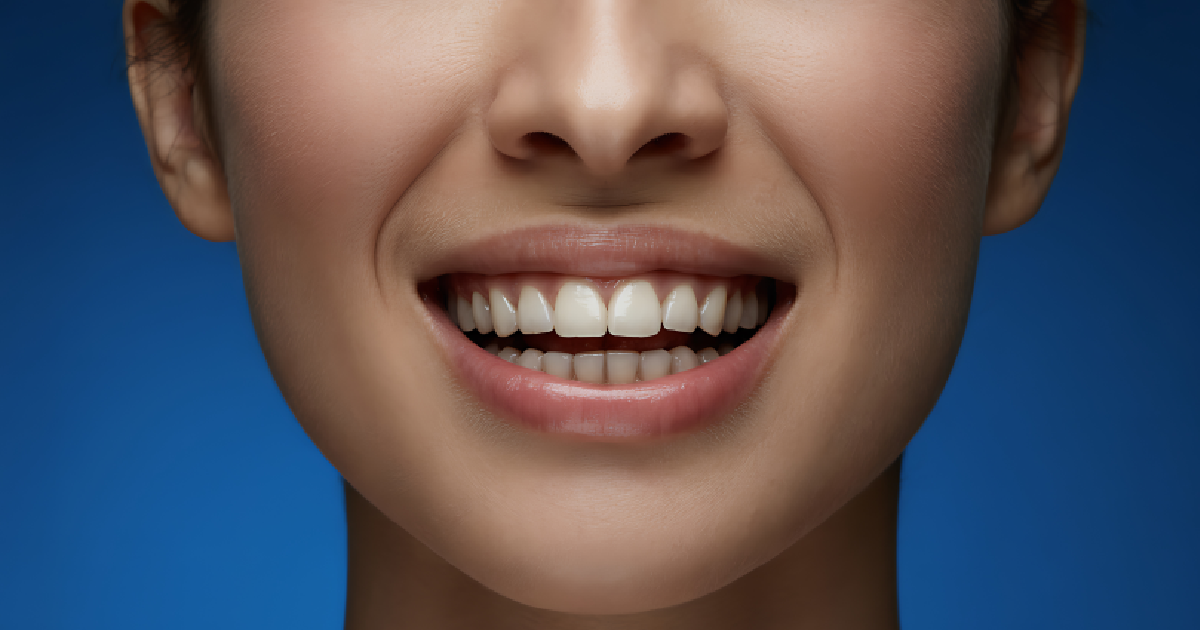If you’ve been living with a lot of missing, broken, or worn teeth, the thought of getting your smile back might be too much to handle. Many patients come to the clinic feeling like they’re putting together a jigsaw puzzle. They have to deal with temporary repairs, get accustomed to the pain in their bite, or even avoid social situations because of how their teeth appear. Full Mouth Reconstruction is a whole solution for people who are ready to make a lasting change. It fixes both function and appearance. And what is the most essential part of this complete treatment? Implants for teeth.
At California Coast Dental Arts, Full Mouth Rehabilitation is more than cosmetic dentistry. It’s a patient-centered approach to restoring oral health, comfort, and confidence—often integrating advanced solutions like dental implants to replace missing teeth with results that look and feel natural.
What Is Full Mouth Reconstruction—and Why It Matters
Full Mouth Reconstruction (also referred to as full mouth rehabilitation or complete mouth rehab) is a treatment plan that rebuilds and restores all teeth in the upper and lower jaws. It’s designed for patients dealing with multiple dental issues—ranging from tooth loss, severe decay, and erosion to bite misalignment, gum disease, or temporomandibular joint (TMJ) pain.
Unlike a one-size-fits-all approach, full mouth reconstruction is customized to meet your specific needs. It may include a combination of:
- Dental implants
- Crowns and bridges
- Veneers
- Dentures
- Orthodontic adjustments
- Periodontal care
The ultimate goal is not just to make your smile look better—it’s to restore your ability to chew comfortably, speak clearly, and maintain a healthier mouth for the long run.
The Role of Dental Implants in Full Mouth Rehab
Full mouth reconstructions sometimes involve dental implants, which are particularly important for patients who are missing many teeth or all of their teeth. The unique feature of implants that sets them apart from dentures and bridges is their anchoring into the jawbone, mimicking the action of real teeth. The gums or adjacent teeth support dentures and bridges.
Here’s how they fit into the bigger picture:
1. Long-Term Tooth Replacement
Because they are designed to last, implants are typically the most effective method for replacing lost teeth. Surgeons put titanium pins into the jawbone, where they fuse through a process called osseointegration. This makes a strong basis for full-arch restorations, crowns, or bridges.
2. Supporting Other Treatments
In full-mouth reconstruction, implants can also serve as anchors for other restorative dental work. For example:
- Bridges supported by implants can replace multiple teeth in a row.
- All-on-4 or All-on-6 implant systems can support a full arch of prosthetic teeth with fewer implants.
- Overdentures can snap onto implants for a more secure fit than traditional removable dentures.
By combining implants with other restorative techniques, dentists can tailor your care to preserve jaw health and facial structure.
3. Preserving Bone and Facial Aesthetics
One benefit of implants that many people are not aware of is that they can help prevent bone loss. When you lose teeth, the bone underneath starts to break down because it lacks stimulation. By merging with the bone, implants stop that process. This helps maintain the shape of the face and prevents the “sunken” look that often occurs with prolonged denture wear.
Step-by-Step: How Dental Implants Are Used in Full Mouth Reconstruction
Planning a full mouth reconstruction with implants typically involves several stages. Here’s what that might look like:
1. Comprehensive Evaluation
The first step involves diagnostic imaging, digital scans, and a detailed evaluation of your teeth, bite, jawbone density, and gum health. This helps determine how many implants may be needed and whether you’ll require procedures like bone grafting or extractions beforehand.
2. Treatment Planning
Your dental team will create a personalized treatment plan tailored to your mouth, your desired aesthetic goals, and your lifestyle. In this plan, mock-ups or temporary repairs are often used to show what the final result will look like.
3. Implant Placement
Dental implants are placed into the jawbone during surgery, and the patient is either sedated or given a local anesthetic to ensure the procedure goes well. In most cases, the healing process takes between three and six months, allowing the bone to fuse.
4. Temporary Prosthetics
In many cases, patients receive temporary teeth while healing. These allow for function and aesthetics during the integration period.
5. Final Restoration
Once the implants have fused with the bone, your dentist will place custom crowns, bridges, or full-arch prosthetics to complete the restorations. The result is a beautiful, functional smile designed to last for years.
Benefits of Full Mouth Rehabilitation with Dental Implants
Combining Full Mouth Rehabilitation with dental implants offers both physical and emotional benefits that can significantly enhance your life. Here are a few:
- Restores full chewing function so you can eat without discomfort
- Improves speech clarity—especially compared to removable dentures
- Supports facial structure, avoiding sunken cheeks or jaw thinning
- Delivers natural-looking results that are customized to your smile
- Boosts confidence in personal and professional settings
- Reduces future dental issues by improving oral health and alignment
- Minimizes maintenance compared to traditional bridges or dentures
- Enhances quality of life with results that feel like your real teeth
Who Is a Good Candidate for Full Mouth Rehab with Implants?
If you’re unsure whether this level of treatment is right for you, consider whether any of the following apply:
- You’ve lost multiple teeth due to decay, trauma, or gum disease
- Your existing dental work is failing or outdated.
- You wear dentures but want a more permanent solution.
- You have bite problems or difficulty chewing.
- You’re experiencing jaw pain or uneven wear on your teeth.
- You’re ready for a long-term investment in your health and confidence.
Age is not a barrier—as long as you’re healthy enough for minor oral surgery and have adequate jawbone structure (or are open to bone grafting), you may be a candidate. Patients with controlled medical conditions can also be evaluated on a case-by-case basis.
Restore Your Smile with Implants – Schedule a Consultation Today!
There’s no need to settle for short-term fixes or live with discomfort any longer. If you’re ready to restore your smile and function through Full Mouth Rehabilitation, dental implants may be the missing piece.
Restore Your Smile with Implants – Schedule a Consultation Today with California Coast Dental Arts and take the first step toward a healthier, more confident future. Our team is here to walk you through every stage of your transformation with compassion, expertise, and care.






